Automotive robotics unlocks new frontiers

On 26 September, AutoRevista, sponsored by Automobile Barcelona and Fira de Barcelona, brought together five experts to discuss robotics and automation. Specifically, Francisco Rodríguez Funes (Vokswagen Navarra), Laurent Bodin (Yaskawa), Erik Echaniz (Robotekin), Miquel Isern (Silence Acciona) and Daniel Martín (Pilz). Different and fundamental links in the value chain were represented. A report published in en AutoRevista 2.396. Lea este artículo en castellano.
The panellists discussed the importance of renewing and updating robotics and automation equipment to maintain and increase the competitiveness of the European automotive industry. They also discussed efficiency and predictive maintenance, and the variable of robotics and automation solutions as a service in combination with installations, or solutions focused on fast returns on investment.
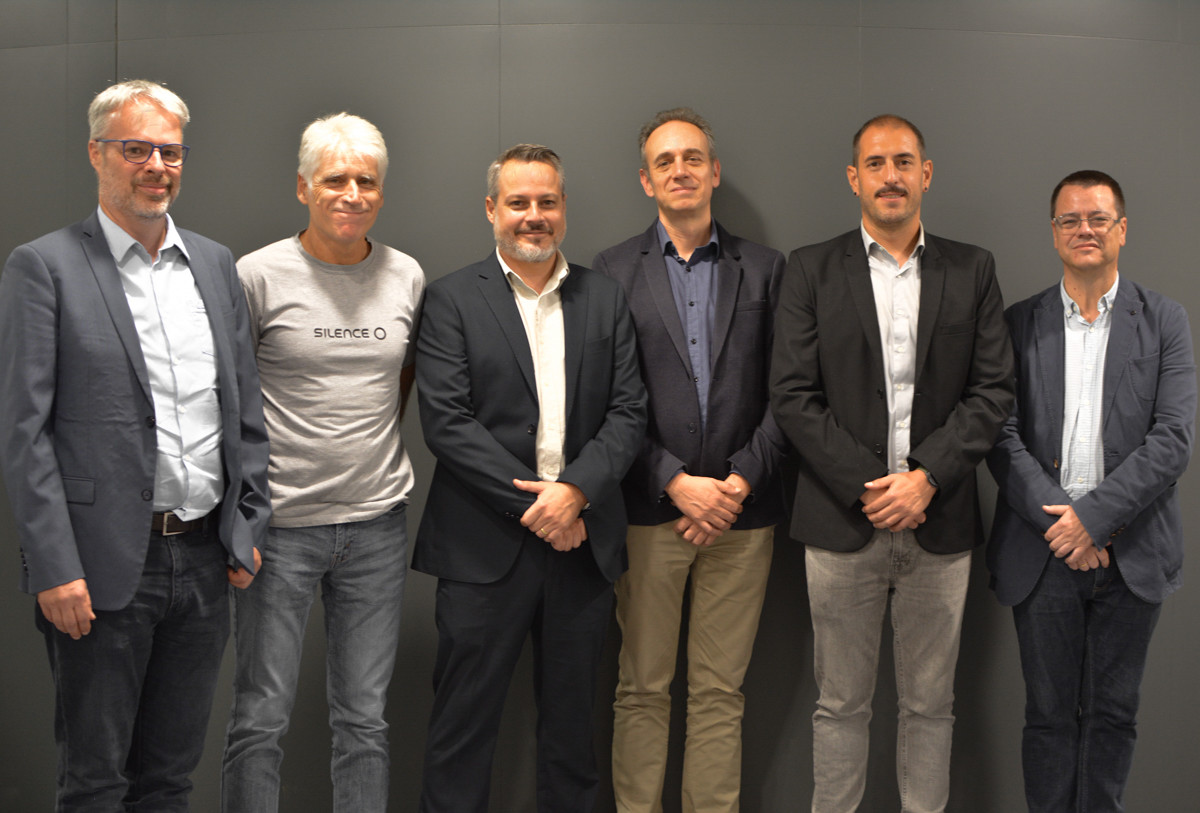
The panellists discussed the importance of renewing and updating robotics and automation equipment to maintain and increase the competitiveness of the European automotive industry. They also discussed efficiency and predictive maintenance, and the variable of robotics and automation solutions as a service in combination with installations, or solutions focused on fast returns on investment.
The colloquium was opened by Francisco Rodríguez Funes, manager of Body Shops at Volkswagen Navarra, a plant with a workforce of 4,500 people that currently manufactures the Taigo and T-Cross models, following the discontinuation of the Polo and awaiting the launch of two electric models, with a daily production of 1,438 units, at a rate of one every 55 seconds. ‘We are aiming for new models and volumes, which we can only achieve with a high level of productivity. In the case of the body shop area, it is the most automated part of the plant. The automotive industry is very capital and labour intensive with high labour costs in the case of Europe, forcing higher productivity levels. We do not know for sure how long the transformation towards new forms of mobility and the mismatch between technological supply will last. We cannot afford to reduce the level of competitiveness and productivity in compatibility with social achievements. In order to move forward, it is essential to take advantage of all the information available, which is crucial when planning modifications to our facilities or training our staff. All of this is based on the total cost of ownership (TCO). You have to invest, but in an efficient and appropriate way, taking into account factors such as availability, cycle times, ease of change and maintenance, ease of use of personnel... Competitiveness is about productivity, innovating and making efficient investments to make forecasts and anticipate problems”, he said.
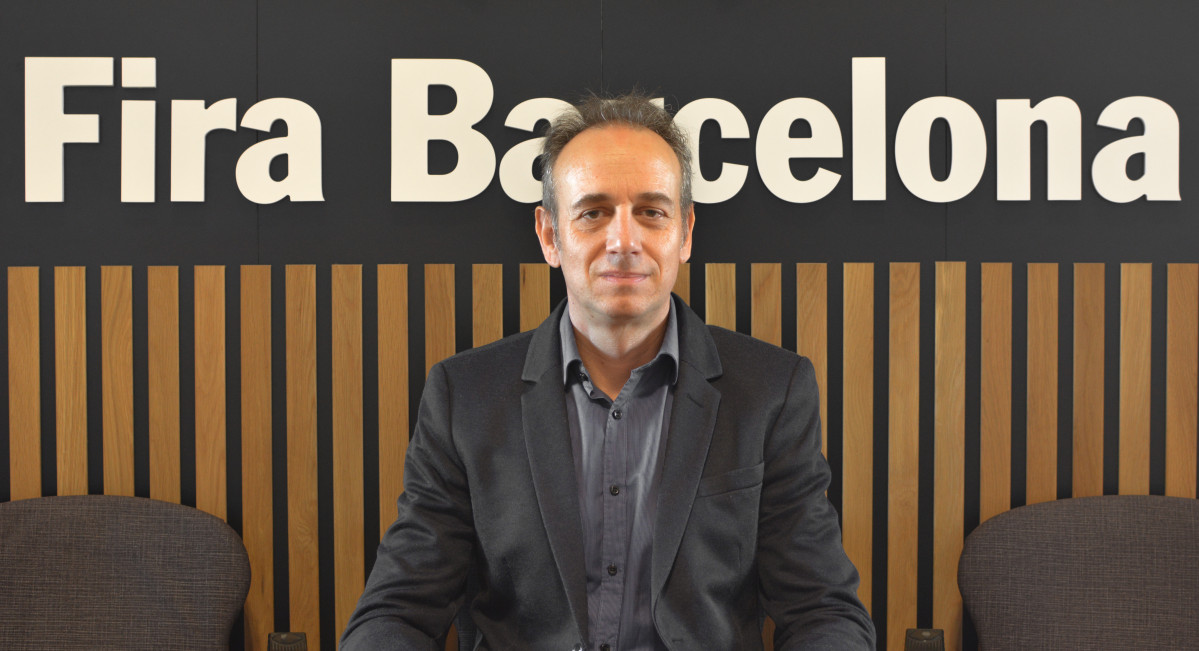
Laurent Bodin, general manager of Yaskawa Ibérica, a subsidiary of the Japanese company of the same name created in 1915, a pioneer in mechatronics and with high expertise in arc welding, with a global turnover of 4,000 million dollars and some 18 million euros in the Iberian Peninsula, spoke ‘about the Industry 4.0 concept, of German origin towards the factory of the future in 2020, which links robotics, electronics, computer science and artificial intelligence. "When a customer goes to work with us or our competitors, they have in mind the return on investment, a question of time, which includes the initial price, reliability criteria and energy consumption or sustainability, where companies like Yaskawa are in an intermediate position as energy consumers. In 2015, I was part of a commission of the French Robotics Association and we compared the average age of the fleet of machines that have entered France versus the German or Italian fleet. We saw that, in France, the average age of a machine was 19 years, compared to 9 years in Germany. There was talk of a plan to renew the fleet in France, at a time, in 2017, when Spain was consuming more robots than France,’ he explained. In this way, he concluded that ‘innovation is important since the TCO translates into higher levels of competitiveness for the company and for the country".
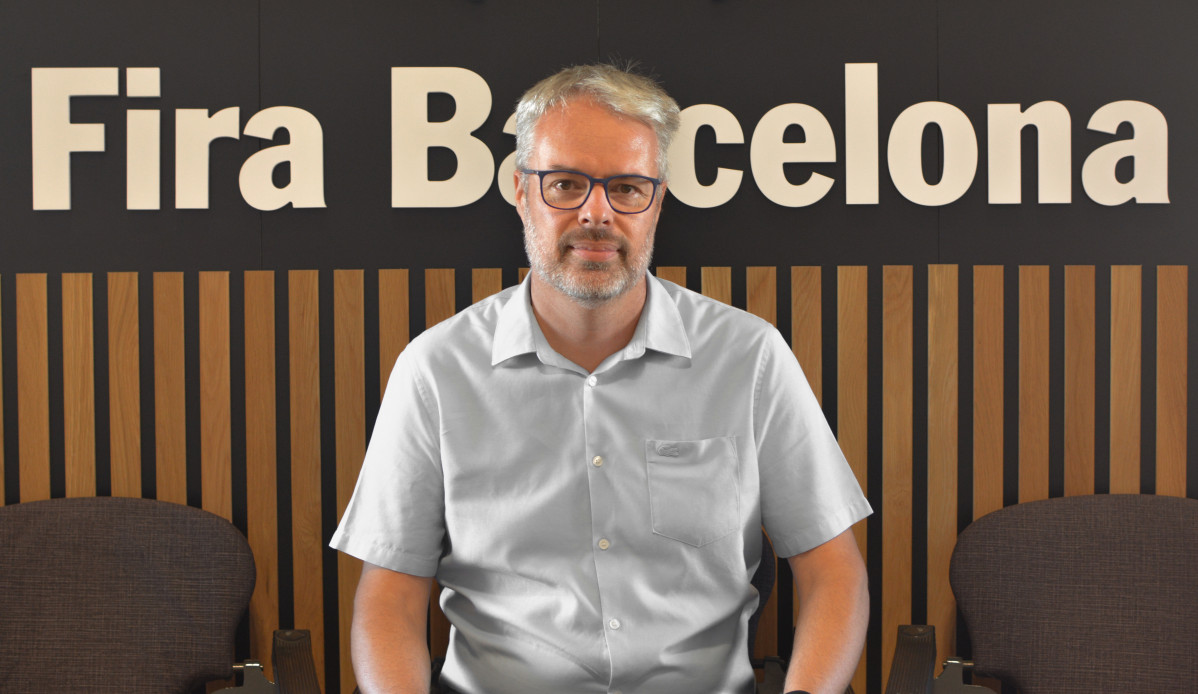
It was the turn of Erik Echaniz, director of Robotekin, the Basque robotics and transversal automation association, a public initiative since March 2023, promoted by the Provincial Council of Alava (70%) and SPRI, the Basque Business Development Agency of the Basque Government (30%) to seek the welfare of the population through innovation and sustainable development. He described robotics and automation ‘as two levers for improving competitiveness and as a differential element for attracting talent. We bring together the entire value chain from startups to end users. He stressed the importance of ‘seeking operational excellence in terms of productivity, energy and maintenance costs, and put the focus on data. ‘We are talking, on the one hand, about having an industrial plan and, on the other, about the data strategy, what information I obtain from the processes and what added value this information gives me; how I exploit it so that productivity translates into an improvement in quality,’ he said. Thus, he indicated that technology allows us greater computational capacity, or in other words, the implementation of new technologies that require the integration of sensors and more complex systems to generate a more intelligent production environment that can make decisions, detect and eliminate bottlenecks, reduce cycle times and optimise processes by monitoring quality in real time, as well as increase safety in production cells. All of this integrated in a digital ecosystem’.
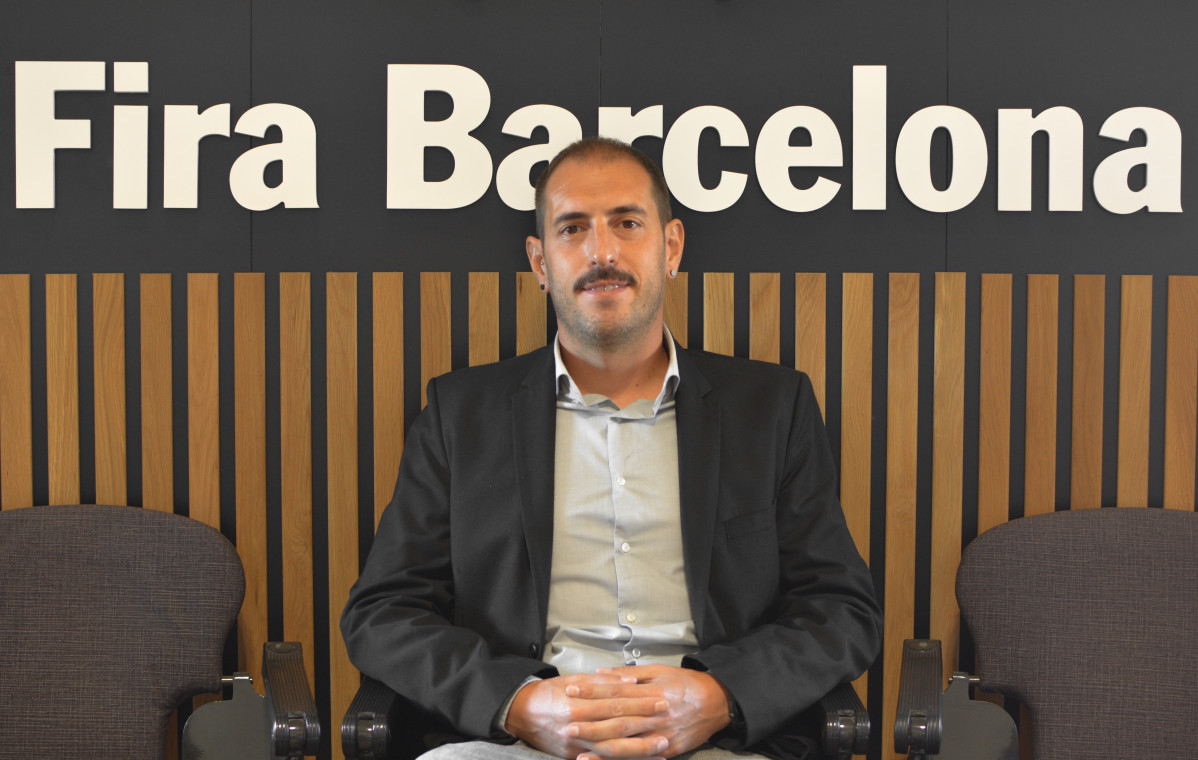
For his part, Miquel Isern, Director of Industrialisation at Silence Acciona, which was born as a startup in 2014 to manufacture electric motorbikes, ‘a product in which it is a European leader, spoke about his company's leap ’from workshop to factory, producing not only electric motorbikes, but also a nanocar in the former Nissan facilities in the Zona Franca in Barcelona, with a dedication to micromobility with more than 300 people, 100 of them from the previous stage of Nissan. The design is 100% Silence Acciona and we assemble batteries and components that are bought from all over the world, mostly Asia. We have a capacity of 5,000 cars, 25,000 motorbikes and 35,000 batteries a year. We have welding robots, collaborative robots, painting robots, artificial vision, traceability in tightening torques... ‘The technology in the automotive industry is there and is known. Therefore, depending on the need for the volume of each project, we can go and look for it, it is accessible’. In this sense, he pointed out that the problem is not so much the acquisition of a robot, an AGV or a cobot with the possibility of accessing the technology, but rather the uncertainty. In the case of batteries, there is no history and the market is opening up in many different fields without the knowledge of what type of welding is most appropriate, as is the case with batteries, a very clear example of this. The industrial concept is changing and the phenomenon of electrification is generating many issues to be discovered. Important progress is being made, but the degree of market acceptance of these products with a high degree of technological uncertainty is very important”.
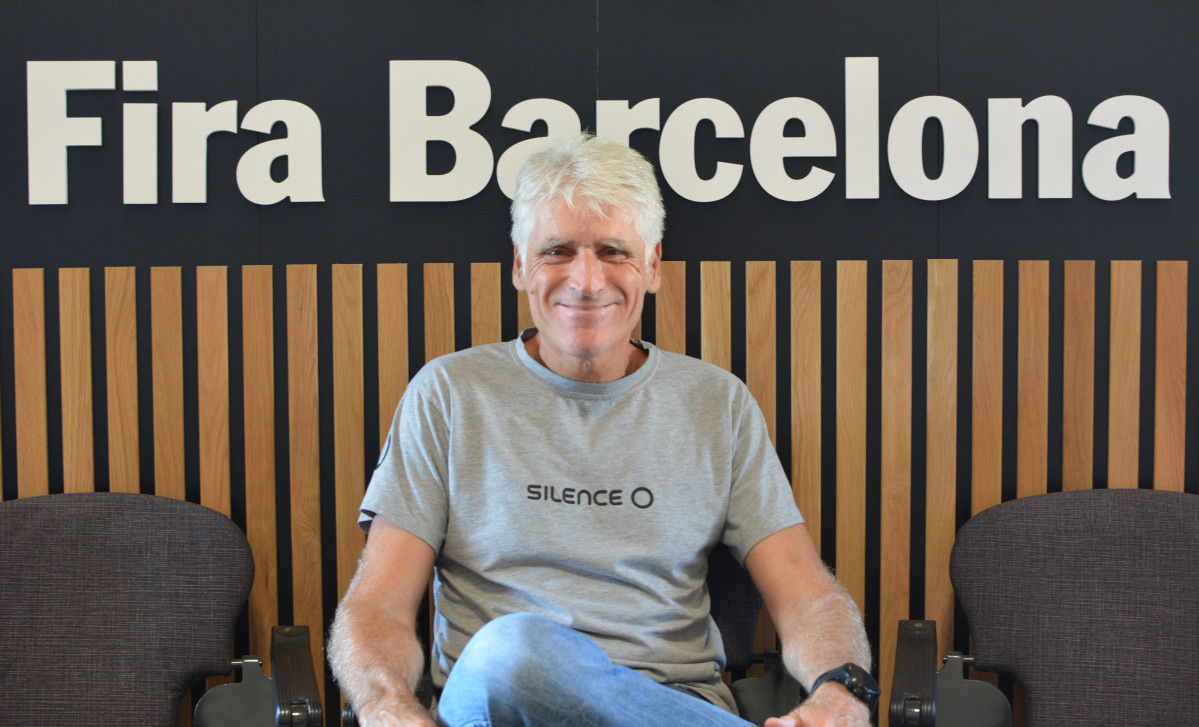
Finally, Daniel Martín, Competence Centre Robotics Manager at Pilz in the Iberian Peninsula, commented on the focus of this family company, founded in 1948 as a glassblowing workshop, ‘with a high level of independent decision-making capacity, supplier of providing products and services for automation and, especially, oriented to industrial safety. We have a high level of reinvestment in R&D with a around 20% of the turnover, the same percentage of the workforce dedicated to this field. for this concept. We have a turnover of around 400 million euros with 2,500 people and we like to define ourselves as ambassadors of safety with a high presence in standardisation committees’. He focused on the people working in the plants. ‘It has been proven that an operator who feels safe is much more productive. In this way, safety is a fundamental part of process renewal and is becoming more and more complex. Because safety now is not just about setting up a fence, but about bringing people closer to the process with manipulator robots, collaborative robots, mobile robots .... Security is non-negotiable with standards that cannot be lowered and there are not many people with the necessary security knowledge to respond to these types of needs when it comes to maintaining high levels of flexibility while guaranteeing safety. At Pilz we detect a lack of expertise and we are working on the development of digital tools that can contain this knowledge and to be exploited by third parties,” he said. In this sense, he also emphasised the need for legislation, in many cases European, to accompany these developments, as the speed of legislation does not normally accompany the speed of technological development, lacking bureaucratic agility, as Miquel Isern (Silence Acciona) also pointed out.
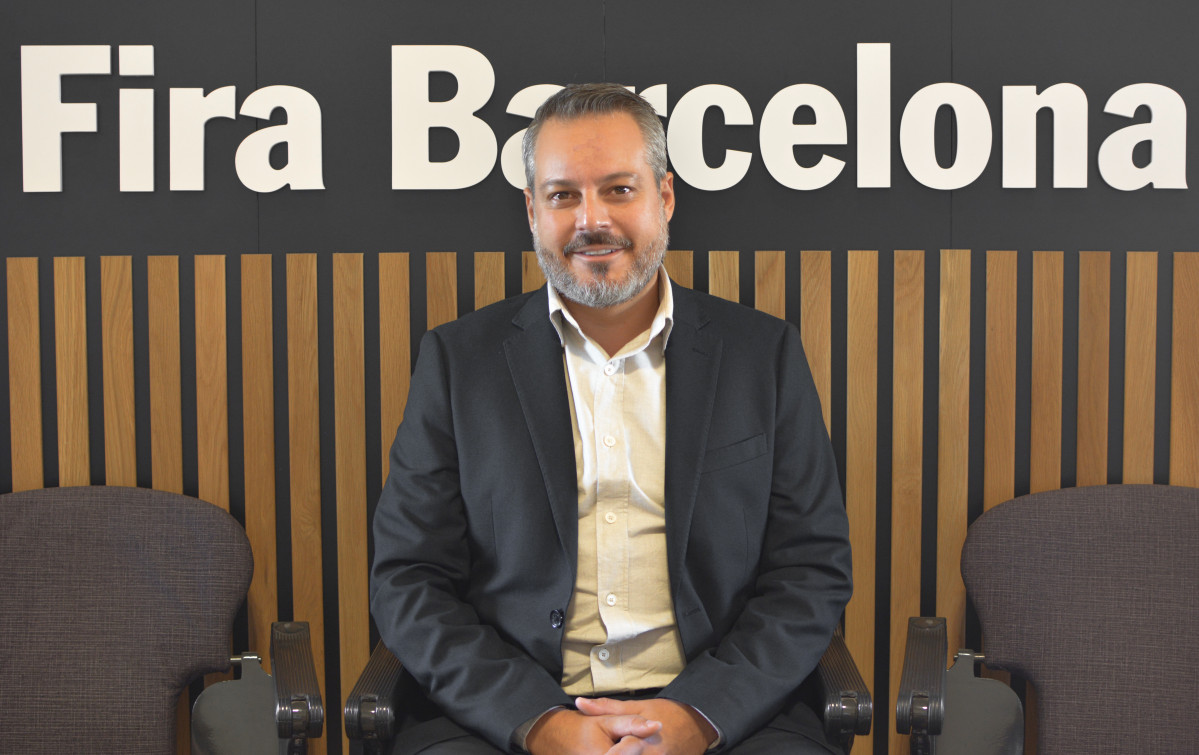
Robot as a service?
Another of the topics discussed on the panel were the keys to achieving the highest levels of efficiency in companies with fluid relations with collaborating partners throughout the production process, but also smart investments, which could include robotics or automation as a service for some companies, such as SMEs.
In line with this question, Francisco Rodríguez Funes (Volkswagen Navarra) spoke about the importance of obtaining a ‘turnkey’ solution, ‘involving suppliers in our vision, to ensure that the solution being implemented has the latest state-of-the-art technologies to be implemented in each process. It's about increasing collaboration with both manufacturers and integrators’. On the other hand, he stressed that it is crucial to have ‘a comprehensive service once the lines are in operation, to have data that provides us with useful information such as diagnoses of problems or possible improvements. Even installations that are already automated may not be getting the most out of them. In phases such as start-ups, having these allies is essential to reduce start-up times, launch and learning curves, which is important for making investments profitable. It is also important for flexibility in the face of fluctuations in demand. There is potential, and we as manufacturers can and should go one step further and go hand in hand with all partners and collaborators,” he said.
Laurent Bodin (Yaskawa), for his part, pointed out that, on a pragmatic level, it may seem a good idea to pay for service in terms of robotics (robot as a service, automation as a service). If no long-term decision is planned, it can be used for testing, e.g. for testing, as well as for stock matching demand in the case of the robot supplier. However, Bodin pointed out that this trend is linked to ebitda. When we hire a robot as a service it goes to VAT on production costs, as opposed to a robot as an investment. It seems more suitable for small companies or startups.
In this sense, Erik Echaniz (Robotekin) indicated the importance of constant innovation and the ability to adapt to market changes, which could include strategic positioning in certain markets, as Bodin stated. In this way, he agreed with the Yaskawa speaker: ‘In this type of investment, a return is not necessarily expected, but it is more focused on strategic positioning in the market,’ he said. On the other hand, he added that in order to introduce technology with quick returns, two criteria should be followed: avoiding idle infrastructures and reducing entry barriers. ‘Regarding the first criterion, we can talk about adjusting production to demand with customised cells for certain product families and common means, cobots or automation means, which integrated with a plug and play system, can be used in different cells on demand. This criterion focuses on continuous upgrading by outsourcing servers on a pay-per-use basis. In addition, there would be integration with the rest of the infrastructure, seeking media saturation and a flexible lay-out. All of this is manageable if the industrial plan or the scalability of solutions is well designed. Regarding the reduction of barriers to entry, the approach would be access to advanced technologies without large investments through pay-per-use, without amortisation in the bottom line, as well as risk-free pilots to demonstrate productivity”.
In this regard, Daniel Martín (Pilz) indicated that “it is possible to adapt security to his paradigm, although security has longer processes and implementation times, affecting less the productivity levels of as a service”. Martín distinguished “the dynamics of the robot itself and the accessories, such as artificial vision, which technologically evolve faster than the robots themselves. An important factor to improve processes is that the as a service model is introduced, but in specific parts of the process such as artificial vision or tools, for example. In the field of security, we are not considering it and no client has requested it from us”. And, on the other hand, he stressed the importance of offering the client global solutions: “Not so much offering just the product, but that this product is accompanied by maintenance services, advice, consulting, re-evaluation”. Solutions, in short, “more holistic”.
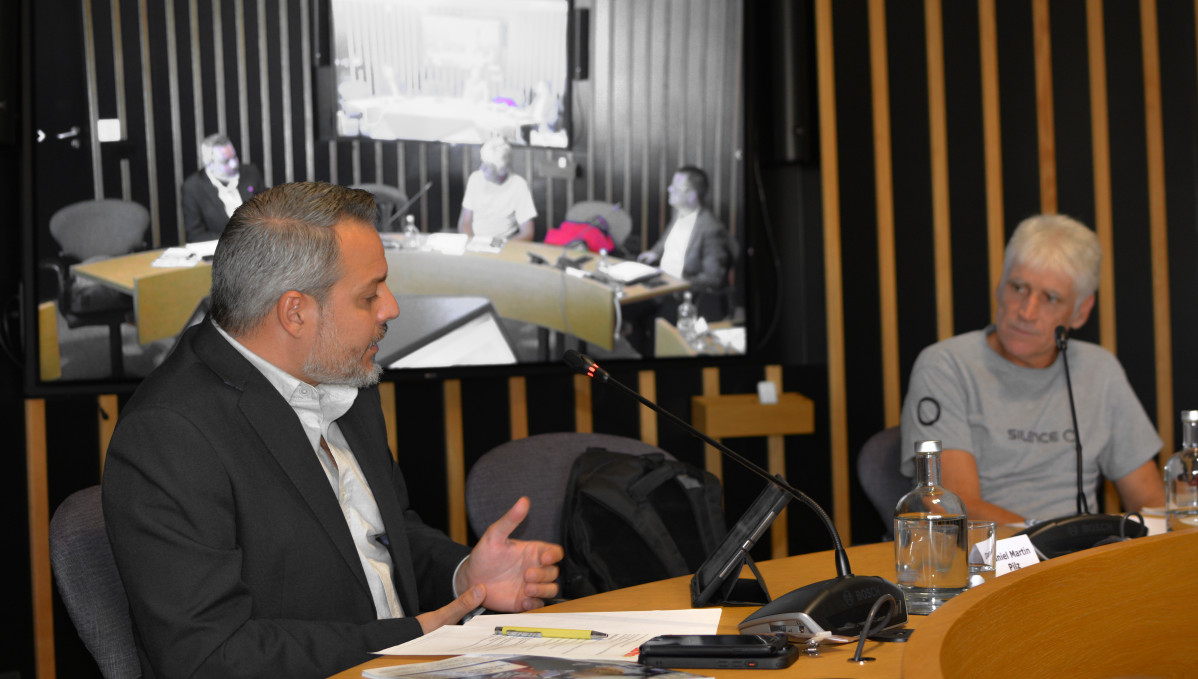
Collaborative robotics
Regarding collaborative robotics, Francisco Rodríguez Funes (Vokswagen Navarra) commented that “we have made attempts, but we must bear in mind that, in our case, a collaborative robot could only be implemented in very specific processes, such as repetitive tasks or those with complicated ergonomics, provided that the cycle time of the line was not affected. They will come and can be useful, for example, in product customization processes, but at the moment we are not using them in a significant way at Volkswagen,” he indicated.
For his part, Laurent Bodin (Yaskawa) pointed out that, according to data from the International Federation of Robotics (IFR), the volume of collaborative robots sold in the last fiscal year is around 10%. “When we sell a collaborative robot, the client does not necessarily want it for a collaborative application. While the share of cobots sold is very representative, in the end the share of true collaboration with the operator is very small,” he said. And secondly, he pointed out that “with this robotic modality we have transferred the risk analysis to the end customer. However, collaborative robotics opens up new fields of robotisation with the possibility of adding the value of human skill to the process carried out by the robot, which has similarities with 3D printing. As for the introduction of artificial intelligence, the limit is reliability and safety. Cobots learn from deep learning, and this will have to be refined so that processes are much more efficient in the future”.
As for Erik Echaniz (Robotekin), he pointed out that “the natural development of collaboration between humans and people is key. We have advanced sensors so that collaboration between the robot and the person is much more dynamic and fluid. If I have an intelligent environment with certain sensors, this will allow the robot to make decisions. AI will allow the generation of much more flexible codes with the operator's capabilities. The environment will be able to be adapted with reinforcement learning strategies, deep learning or neural networks, with a model in continuous evolution in a highly flexible adaptive environment, which helps decision-making and avoids micro-stops,” he said. And in this line he also highlighted the importance of the robot respecting the operator's work environment so that he can work without risks, and that the robot provides the operator with tools to speed up his work, making the most of the work space”.
In this regard, Miquel Isern (Silence Acciona), indicated that “we have robots and cobots. The latter, used for example to adhere glass pieces, offer proximity to the line, eliminating barriers. They are easily programmable, unlike robots, which require programmers. “Sometimes cobots are misused, because they could be robots, but it is true that people without precise training can use and program them, and that is a plus,” he said.
Daniel Martín (Pilz), for his part, spoke of safety, stressing that “many times it is not an issue of the robot itself, but of the application and the integrator. In this sense, he stressed that the idea that the robot is difficult to program and the cobot is easy does not have to be true, since many robot manufacturers are working so that the former can be programmed using cobots ways. On the other hand, collaborative robots also require safety measures. Furthermore, and from the approach of Industry 5.0, centered on the person, the collaborative robot as a tool to assist the production process makes more sense, supported by a series of technologies that provide naturalness in symbiotic collaboration. For this form of cooperation to take place, we must have a very clear understanding of the security aspect, because, for example, control systems could fail and exert pressures greater than what humans can bear. Further development of security systems is required for 100% natural and secure collaboration. Regarding artificial intelligence, there is currently no consensus on how to apply it for the security and protection of life and the integrity of people”.
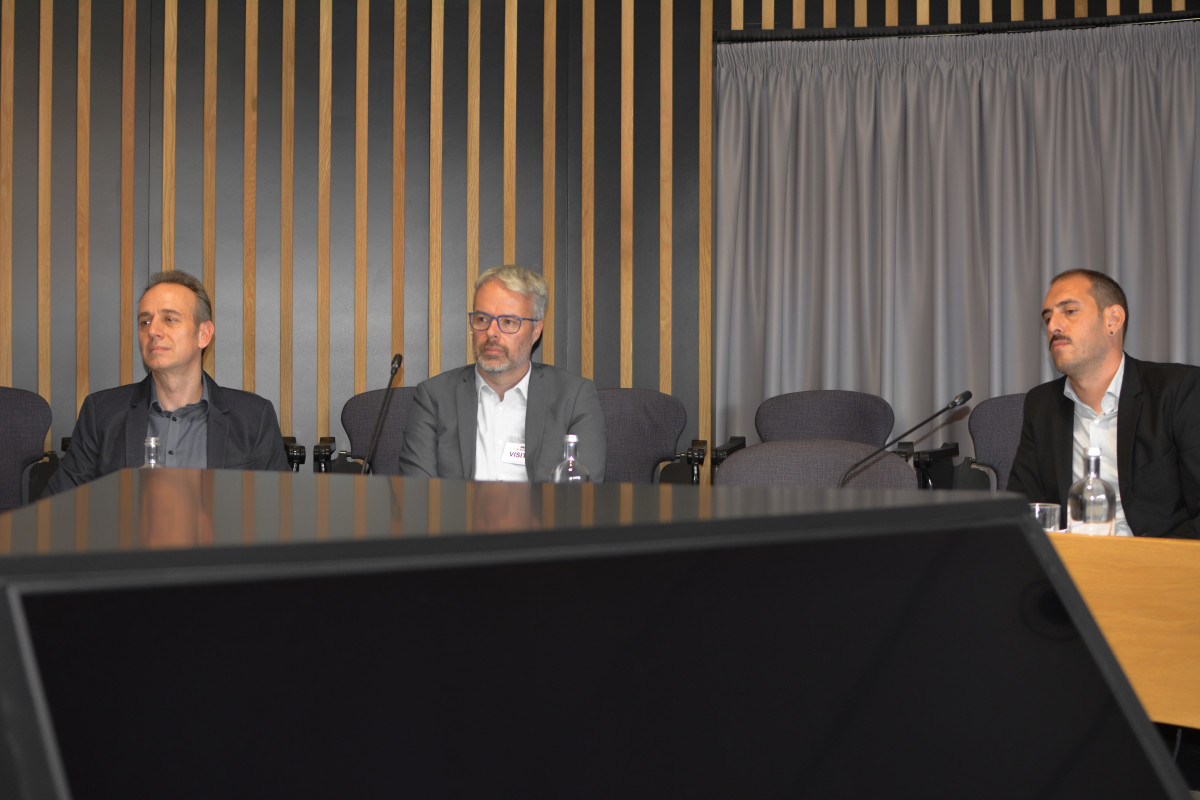
The importance of retaining talent
Finally, the search, generation and retention of talent was addressed. In this regard, the panelists discussed what current and future profiles are like in robotics and automation. They began by talking about the Volkswagen Academy, a good source of young people who are joining the sector. “The academy is a good example, but it is clearly insufficient, even for ourselves,” explained Francisco Rodríguez Funes (Vokswagen Navarra). The Academy has much more demand for trades personnel than it can generate. “We see young people who come with training, but we detect that more practice is needed to shorten the training periods, because many months pass before a worker is adequately qualified. We are promoting dual training systems. Another important issue is the retraining of personnel with experience in other specialties to alleviate the lack of professionals that is creating a high level of need,” he indicated.
For his part, Laurent Bodin (Yaskawa) indicated that, without a doubt, this is the most complicated problem to solve. “At a subsidiary level like ours, we strongly promote dual training and vocational training. Almost everyone enters our company through vocational training, while they are studying, and then they are promoted. The question is to try to build loyalty, which is the turning point. We must try to meet people’s expectations, because sometimes they leave because they have other dreams that are not professional. As a company, we must change our training model, anticipating that employees can choose other options. In our case, we promote flexibility of movement and it is important to take advantage of the possibilities of veteran employees, as well as looking for profiles of people who are passionate about technology,” he said.
For his part, Miquel Isern (Silence Acciona) indicated that his company, at the engineering level, “draws heavily from ‘Formula Student’, an international engineering design competition for student teams, since there they usually find people who are very passionate about the automotive industry, with the emotional component that this brings to the possibility of a job. The loyalty of current generations is different in relation to the time that professionals spend in the same company. In the case of welding and painting processes, these are jobs that are disappearing and it is very difficult to find profiles”.
For his part, Erik Echaniz (Robotekin) indicated that, as a public association, “one of the strategic pillars focuses on guaranteeing human talent to supply the demands of the market. I would diversify it in two ways. On the one hand, mixed profiles in accordance with the new technologies that are being developed. On the other hand, he indicated that the design of human-machine interaction experiences is important, even from the anthropological point of view. The other key is focused on raising awareness in people in two ways; creating a pool, from childhood, to generate curiosity and interest in this type of technology and technical training so that this continues to be a wheel that is working. On the other hand, so that people with experience overcome fears or rejections, so that technology is understood as a facilitating tool. A mixed training offer is also key, with a dual format, training centre-company, with training itinerary designs adapted to the needs of the company. And, in addition, micro-credentials, knowledge states with light training, which are added up to reach the equivalent of a master's degree. All this would contribute to the retention of talent".
Finally, Daniel Martín (Pilz) indicated that, in our case "we have people with long experience in our company, which provides them with security and stability. Of course, it is important to train in the world of security from the base, where it is not easy to find talent and suitable profiles. The key is to understand the mind of today's young people, who move by projects, they don’t want to always be doing the same thing. They do not prioritize salary, but, above all, the challenge. In that sense, we seek to make potential workers aware of all the areas of the company so that they know the diverse possibilities of work profiles". On the other hand, he pointed out the importance of connecting the academic world with the industrial world, “which in other countries is done more fluidly”.
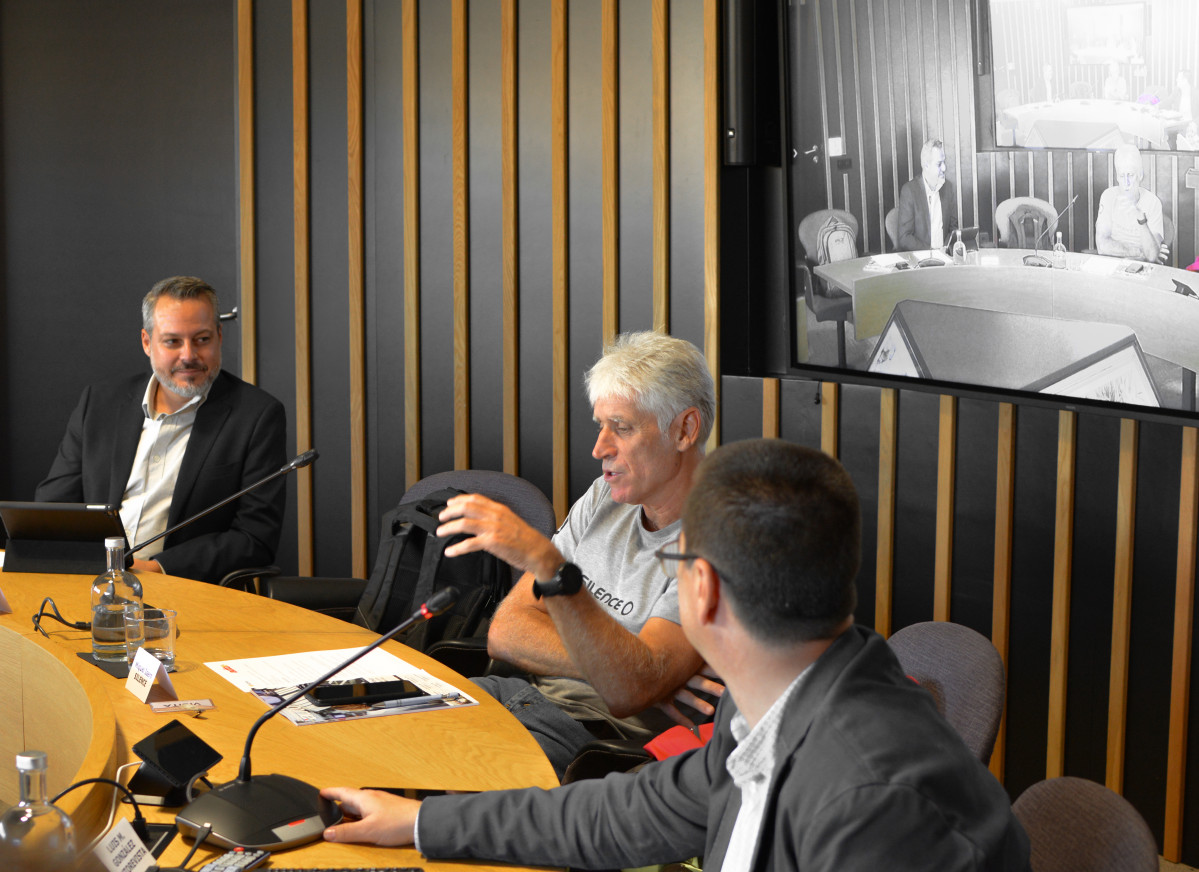

AutoRevista participó en la reciente prueba dinámica del nuevo Renault Symbioz, SUV del segmento C que se ubica entre los modelos Captur y Austral. Texto y fotos: Luis Miguel González

Sandvik Coromant ha reunido en su sede de San Fernando de Henares (Madrid) a cuatro voces autorizadas del mundo de la industria del mecanizado en una mesa de debate, de la que AutoRevista fue testigo, donde han dado su opinión sobre el futuro y los retos que aguardan a este sector.

La Asociación Nacional de Fabricantes de Automóviles y Camiones, ANFAC, ha presentado, en la mañana del 10 de julio, su Informe Anual.

Profesionales del primer nivel de las empresas de la industria de automoción y movilidad se han congregado en una jornada organizada por CEAGA en Vigo para ofrecer a los líderes del sector una visión práctica y multidisciplinar que les permita anticiparse y responder eficazmente a los desafíos del entorno.

SERNAUTO ha publicado su memoria de Sostenibilidad 2024, en formato Informe Integrado, que constituye un análisis exhaustivo de la actividad, aportación de valor y papel activo de la entidad como portavoz del sector.
